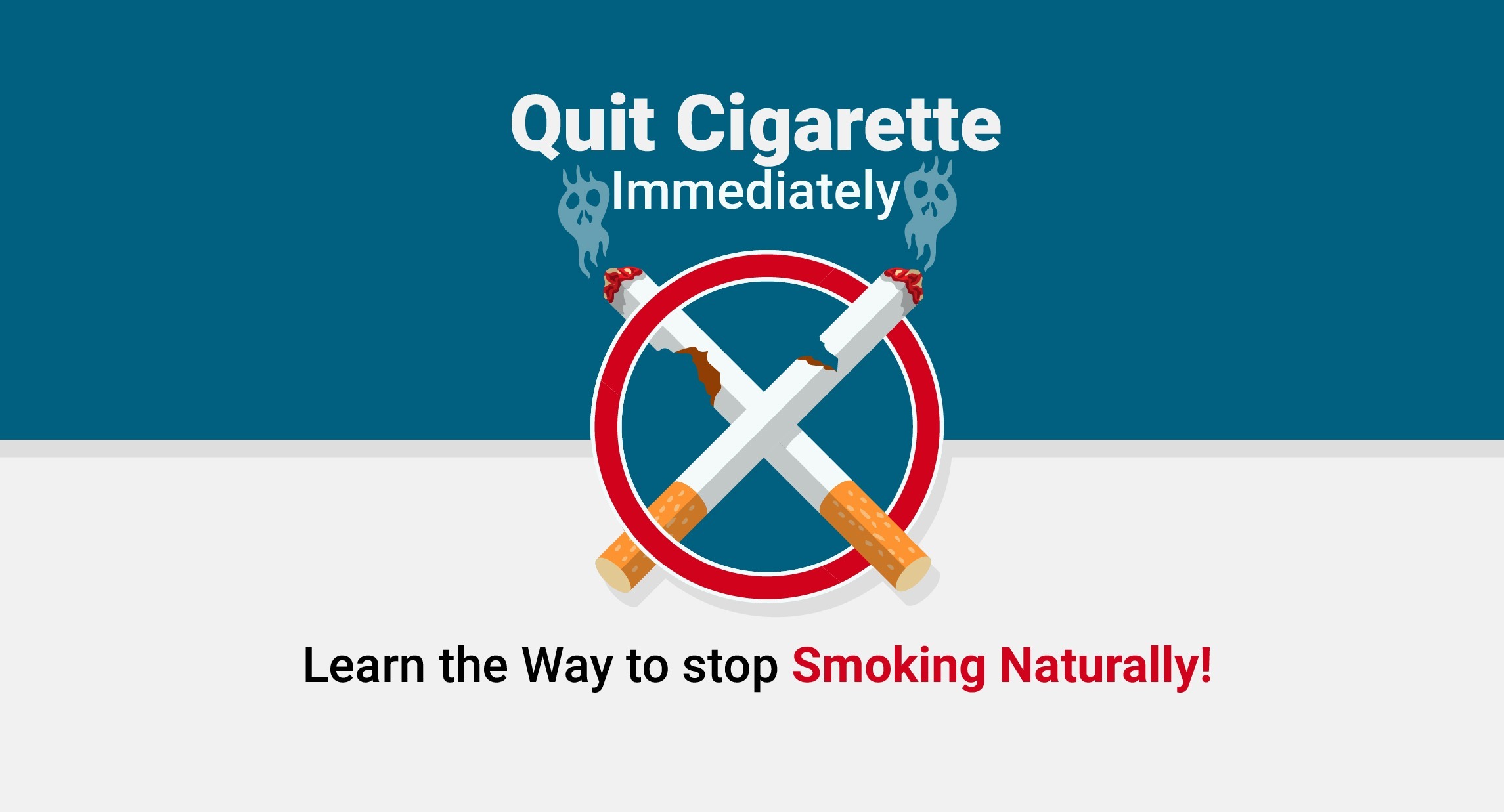CDC shares stories of real people who kicked the habit — and how they did it
The CDC is not taking any more butts when it comes to smoking.
The Centers for Disease Control and Prevention (CDC) has launched the 2024 version of its federally funded national tobacco education campaign to help more people quit smoking — with a special aim at menthol cigarettes.
“The CDC’s Tips campaign is designed to increase smoking cessation awareness and intervention in populations with high smoking rates and poorer health outcomes, including those living with mental illness,” Dr. Lama Bazzi, a psychiatrist in private practice in New York City, told Fox News Digital.
“[The program] relies on testimonials given by people from the target communities, making the content relatable and increasing the utilization of the free resources the campaign makes available,” added Bazzi, who is not associated with the CDC.
The CDC’s campaign, which first launched in 2012, features stories and tips from former smokers who kicked a really bad habit.

The CDC has launched the 2024 version of its federally funded national tobacco education campaign to help more people quit smoking. (iStock)
The dangers of smoking
Cigarette smoking remains the leading cause of preventable disease, disability and death in the U.S., the CDC noted in a recent press release.
“Addictive drugs alter mood and are often compulsively taken despite the illness they cause,” Lori Karan, M.D., professor of internal medicine and preventive medicine at Loma Linda University in Loma Linda, California, told Fox News Digital.
“Nicotine is psychoactive in that it can be stimulating, relaxing, pleasurable and helpful [in reducing] stress and anxiety — especially when it counteracts its own withdrawal,” added Karan, who is a national expert in addiction medicine.
It is not nicotine but rather the chemicals in tobacco that cause cancer, heart disease and lung disease, she said.

The CDC’s campaign, which originated in 2012, features stories and tips from former smokers who kicked the habit. (iStock)
Menthol cigarettes carry a higher health risk than regular cigarettes, according to the CDC.
Menthol is a chemical found naturally in plants, like peppermint — but it can also be produced in a lab.
Almost all cigarettes sold in the U.S. contain some degree of menthol, but cigarettes specifically marketed as “menthol” usually have more of the chemical in them.
“Menthol is an anesthetic,” Karan said. “The cooling sensation makes it easier to inhale more deeply.”
Due to the way menthol interacts with and enhances nicotine, people who use menthol cigarettes are more likely to accumulate toxins in the furthest part of their lungs, the doctor warned.
Menthol smokers are also more likely to continue smoking, she said, which puts them at a greater risk of developing tobacco-related diseases.

Menthol smokers are more likely to continue smoking, an expert said, which puts them at a greater risk of developing tobacco-related diseases. (AP Photo/Jeff Chiu, File)
It can be more difficult for people who smoke menthol cigarettes to quit successfully compared to people who smoke non-menthol cigarettes, the CDC noted in the press release.
In 2021, sales of menthol-flavored cigarettes reached 37% of all cigarette sales in the U.S. — the highest share recorded since 1963, according to the CDC website.
Real stories of former smokers
In the new batch of stories, the CDC is highlighting Ethan B., 59, who started smoking cigarettes at age 10 and later started smoking menthol cigarettes when he joined the Army at age 18.
“I wanted to look cool and be cool,” he told the CDC. “All the billboards said it was cool.”
Cigarette smoking remains the leading cause of preventable disease, disability and death in the U.S.
Since quitting in 2020, Ethan B. said he has come to realize that the tobacco ads that appealed to him while he was growing up were misleading. (The CDC did not share the participants’ last names.)
The CDC also featured Elizabeth B., 62, who started smoking menthol cigarettes at age 18.
She was later diagnosed with smoking-related peripheral artery disease (PAD).

It often takes several attempts and the right combination of medication, nicotine replacement therapy and counseling to permanently succeed at quitting, an expert said. (iStock)
(PAD is when the arteries that supply blood flow to the legs get blocked, so people have difficulty walking without pain or cramping.)
“If I had never smoked that first cigarette, I may not have lit the fuse for PAD,” she told the CDC. “My goal is to help other young people to never start smoking.”
Tips to kick the habit
The CDC recommends developing a personal plan to quit. The first step is to choose a quit date.
By the time the date arrives, make sure all cigarettes — including lighters, matches and ashtrays — are removed from the home, car and work areas, the agency says.
It’s also important to be aware of common triggers that will tempt people to light up a cigarette.
“During the first few weeks of quitting, try to avoid situations where you will be tempted to smoke and where cigarettes are available,” the CDC advises on its website.
This may require that people avoid friends or co-workers when they smoke.
People should also find ways to distract themselves when they get the urge to light up.

It’s important to be aware of common triggers that will tempt you to light up a cigarette, the CDC said. (iStock)
The agency recommends making a list of activities that might work for you — in lieu of smoking — before quitting.
Some examples might be listening to your favorite music, going for a walk, playing a video game or simply watching a video on your phone that makes you laugh.
When you do get the urge to light a cigarette, one idea is to find a substitute, like toothpicks, straws or cinnamon sticks, that will keep your mouth and hands busy.
Quitting is not easy and there will be times when people will have a craving for a cigarette, the agency noted.
The urge will disappear within minutes for most individuals and will grow weaker over time, the CDC says.
Medications to help people quit
For some, medications can be helpful in reducing the compulsion to smoke.
“Individuals trying to quit should speak to their health care provider about medications that can help them quit,” Bazzi said. “Do not give up.”
It often takes several attempts and the right combination of medication, nicotine replacement therapy and counseling to succeed permanently at quitting, she said.

The CDC recommends making a list of activities that might work for you, in lieu of smoking, such as going for a refreshing walk outside. (iStock)
One example is John B., 61, one of the CDC’s featured quitters. He smoked his first cigarette at age 8.
He tried different ways of quitting, including acupuncture, hypnosis and going “cold turkey” — but could never go one full day without smoking.
CLICK HERE TO SIGN UP FOR OUR HEALTH NEWSLETTER
Then he found a doctor who could relate to his struggles. The physician had quit smoking himself.
The doctor prescribed two smoking cessation medicines, including a nicotine inhaler, and recommended counseling.
At age 38, John B. was finally able to quit for good.

“Individuals trying to quit should speak to their health care provider about medications that can help them quit,” a doctor said. (iStock)
A combination of medicines is often most effective, according to the CDC.
The most common combination is wearing a nicotine patch, which delivers a steady level of nicotine to the body, along with either the nicotine lozenge or gum for fast-acting relief during cravings.





Thanks for sharing. I read many of your blog posts, cool, your blog is very good.